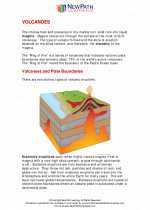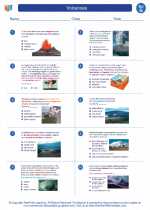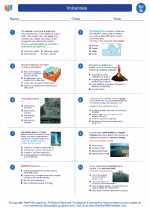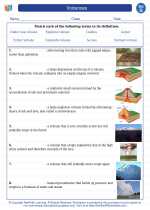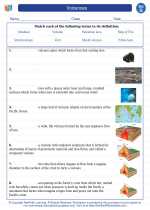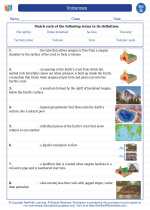Pseudopodia
Pseudopodia, which means "false feet" in Greek, are temporary bulges of the cell membrane that are used for locomotion and feeding in some unicellular organisms, such as amoebas. These structures are also known as "false feet" because they are temporary extensions of the cell body that enable movement and capturing of food particles.
Structure of Pseudopodia
Pseudopodia are formed by the extension of the cytoplasm, which is the semi-fluid substance inside the cell. The cell membrane and cytoplasm extend outward, creating a temporary protrusion that allows the organism to move and engulf food particles.
Function of Pseudopodia
The primary function of pseudopodia is locomotion. When an organism extends pseudopodia in a specific direction, it can propel itself forward by flowing into the extension. Additionally, pseudopodia are used for capturing food particles. When an organism encounters a food particle, it extends pseudopodia around the particle and engulfs it through a process known as phagocytosis.
Role in the Eukaryotic Cell
Pseudopodia are primarily found in eukaryotic cells, particularly in protists such as amoebas. They play a crucial role in the movement and feeding of these unicellular organisms. The ability to form pseudopodia allows these organisms to adapt to changing environmental conditions and to obtain nutrients for survival.
Study Guide
- What does "pseudopodia" mean in Greek?
- Describe the structure of pseudopodia.
- What is the function of pseudopodia in unicellular organisms?
- Explain the process of phagocytosis and how pseudopodia are involved.
- Where are pseudopodia primarily found in the cell?
